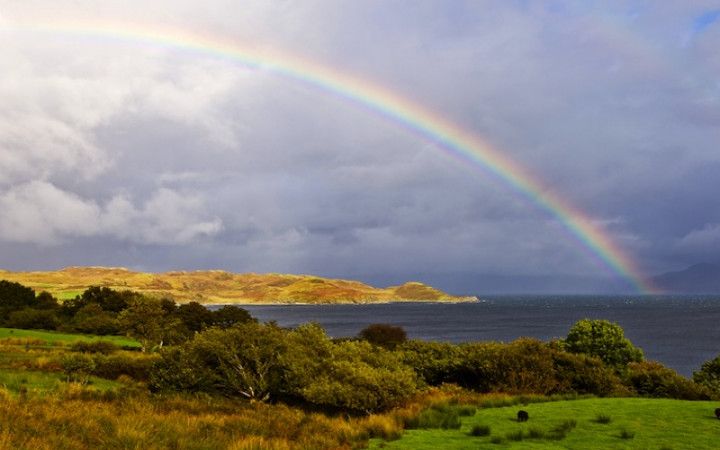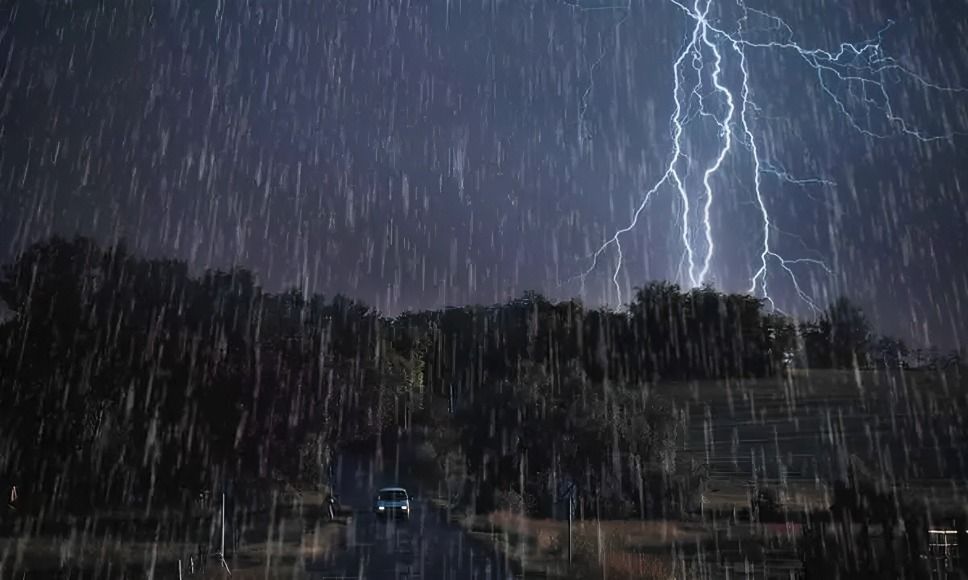
“
Weather is an exciting part of nature, and one of the most interesting weather events is a shower. Captivating Shower Weather Facts can make learning about this phenomenon fun and engaging for kids. Showers can be gentle or heavy, short or long, and can come with a mix of other weather conditions. Let’s dive into the world of showers and discover some unique and interesting facts about them!1
1
”
Shower weather refers to intermittent rainfall, typically characterized by brief and often sudden bursts of rain. This type of weather can occur throughout the year, depending on the region and climate. Showers can vary in intensity, from light sprinkles to heavy downpours. 1
Showers often form due to localized atmospheric instability, where warm, moist air rises and cools. As this air cools, condensation occurs, leading to cloud formation. When the droplets become heavy enough, they fall as rain. 2
There are different types of rain showers, including convective showers, which are common in warmer months. These showers form from rising heat and moisture, often leading to thunderstorms. 3

Showers often occur in sunny weather, creating the perfect conditions for rainbows. The combination of sunlight and moisture after a shower can produce beautiful, colorful arcs in the sky.
The temperature can significantly influence shower intensity. Warmer temperatures can enhance evaporation, leading to more moisture in the air. This moisture can result in heavier showers. Conversely, cooler temperatures may reduce shower intensity but can still produce light rain.4
Summer showers are often brief and localized, occurring due to daytime heating. As the sun warms the ground, rising warm air can lead to quick, intense rain. These showers can cool temperatures temporarily, providing relief from summer heat. 5
The frequency of showers can vary by season. Spring and summer often see more frequent showers due to increased warmth and humidity. In contrast, fall and winter may experience fewer showers, with precipitation often falling as snow instead. 6
Certain regions are more prone to shower weather due to their geographical features. Coastal areas often experience showers due to the interaction of ocean air and land. Mountainous regions can also see increased shower activity as moist air rises and cools. 7
Showers can lead to beautiful rainbows when sunlight breaks through the clouds. The rain creates the necessary moisture for the rainbow to form, while the sun’s rays refract through the droplets. Rainbows are often seen after a brief shower when the sun reappears. 8

Some showers come with thunder and lightning, known as thunderstorm showers. These can be dramatic and loud, lighting up the sky and making a powerful sound. They often bring heavy rain and strong winds, contributing to their intensity and potential for severe weather.
Meteorologists use rain gauges to measure shower rainfall. These instruments help track the amount of precipitation over time and inform forecasts. Accurate measurements are crucial for understanding water supply and flood risks. 9
Showers play a vital role in maintaining healthy ecosystems. They provide essential moisture for plants, helping sustain growth and biodiversity. Frequent showers can replenish groundwater supplies, supporting local wildlife.10
Showers often lead to increased humidity in the surrounding air. This humidity can make temperatures feel warmer and create a muggy atmosphere. High humidity levels can also contribute to discomfort during summer months. 11
Unlike continuous rain, which falls steadily over a longer period, showers are more sporadic. This can lead to quick changes in the environment, such as sudden puddling or localized flooding. The dynamic nature of showers adds unpredictability to weather forecasts. 12
Showers can sometimes be accompanied by thunder and lightning, particularly in convective systems. These storms can develop rapidly and pose risks such as flash flooding. The sound of thunder can be heard up to 10 miles away from the storm’s center. 13
Predicting showers can be challenging due to their localized nature. While meteorologists use models to forecast rain, the unpredictability of showers means they can develop quickly. Advanced radar technology helps improve accuracy in forecasting. 14
Showers can have varied psychological effects on people. Some find the sound of rain soothing and relaxing, creating a sense of calm. Others may feel gloomy or melancholic during prolonged rain. 15
Showers are crucial for agriculture, providing necessary moisture for crops. Farmers rely on seasonal patterns of rainfall to plan planting and harvesting. However, excessive showers can lead to flooding, damaging crops. Balancing moisture levels is vital for successful farming. 16
In areas prone to summer showers, capturing rainwater for irrigation can be an effective conservation strategy. Rain barrels and collection systems allow homeowners to use this natural resource efficiently. This practice not only reduces water bills but also promotes sustainability. 17
Climate change is affecting rainfall patterns worldwide, leading to more intense and unpredictable shower events. Some regions may experience increased rainfall, while others face drought conditions. 18


